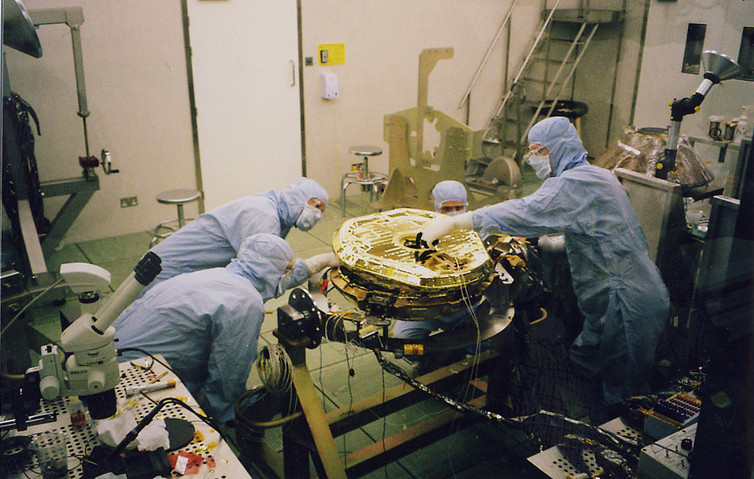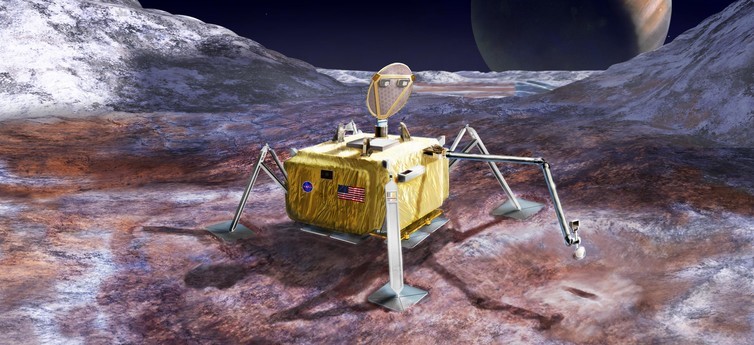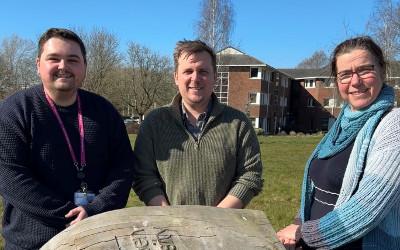Strict rules around contamination hamper exploration for life beyond Earth

NASA’s orbiter Cassini will make a series of decreasing orbits that will end in a fiery death dive into Saturn’s atmosphere in September. This deliberate termination of a still serviceable spacecraft is to comply with “planetary protection” protocols, designed to minimise the risk of depositing stowaway Earth microbes into an environment where they might be able to reproduce.
The particular fear in this case is that if Cassini were allowed to become derelict in orbit it might eventually crash into Enceladus – a moon of Saturn now realised to have a watery interior that is eminently habitable for microbes. By similar reasoning, NASA’s first Jupiter orbiter Galileo was made to burn up in the planet’s atmosphere in 2003 rather than risk a future crash into its microbially habitable moon Europa. The same fate awaits Juno in February 2018.
This makes sense. When we eventually send landers capable of detecting life, it would be frustrating and potentially misleading if all they found was the descendants of microbes that we’d accidentally sent there ourselves. Apart from the science, there is the ethical question of whether we ought to “contaminate” alien ecosystems with bugs from Earth.
Cleanliness is next to impossible
You might think this risk could be eliminated by ensuring that the relevant spacecraft are scrupulously clean to begin with. However, despite using plasma (matter composed of electrically charged particles), intense radiation and heat to sterilise the components, and using special “clean rooms” to assemble them, it has proved impossible to construct a microbe-free spacecraft. The heat, cold, vacuum and harsh radiation encountered during spaceflight will kill most of them, but some will probably remain alive long enough to reach the destination. Experiments on the International Space Station have proved that spore-forming bacteria can remain viable in space for at least as long as it takes to get to Mars.

The international regulatory body COSPAR (Committee on Space Research) recognises the problem, and has protocols governing missions travelling from the surface of one planetary body to another. These accept that the risk of accidental contamination cannot be entirely eliminated, and specify a maximum risk that can be tolerated in each circumstance. NASA adheres to these rules and other space-faring nations, including China, are signatories too.
The rules say that no Mars lander may carry more than 300,000 spores on its surface. A lander sent to a “special region”, where organisms might be able to feed and reproduce, has a much smaller permissible maximum of just 30. The logic is that 30 spores adhering to a spacecraft’s surface would be too few to cause contamination.

For missions to Europa, which is thought to be the most habitable place in the solar system, the requirements are framed differently. They stipulate that the chances of inadvertent contamination of its internal ocean must be less than one in 10,000 per mission.
Unrealistic standards?
None of these rules have any force in law, and there are fears that they are liable to be be bent or broken on cost-saving grounds. Rather than leave them in place to be broken accidentally or deliberately breached by a “rogue” space agency, it would be better to have less stringent but more practicable protocols.
Certainly, as soon as you start sending humans to the surface of Mars, even the 300,000 spores rule goes (almost literally) out of the window. There are billions of microbes living on your skin, and also on the skin of even the best-scrubbed Mars astronaut. As soon as an airlock is flushed, or a spacesuit that has been handled by a human touches the martian soil, some of these bugs will be out there, released into the atmosphere. Don’t forget also that these humans will be going to the toilet. Although they will be recycling their urine, their solid wastes will almost certainly be left on the planet to lighten the load for take-off back to space.
The COSPAR policy recognises these issues, in a hand-wringy sort of way. It requires humans to avoid “special regions” of Mars (including where liquid water is suspected at or near the surface), until a “comprehensive planetary protection protocol for human missions” has been developed. However, any human mission to Mars – whether it goes to plan or miscarries as in the recent book and film The Martian – would almost certainly have to break the rules.
‘Mark Watney’ on Mars. He survived by ruining Mars for future searches for life.
What’s more, it is possible that much of the caution, at least where Mars is concerned, is unnecessary. There may already be Mars microbes on Earth, and also microbes from Earth on Mars. Though landers are unlikely to have caused this, these two planets orbit sufficiently close to each other that debris thrown up by asteroid impacts can make the journey from one to the other and then rain down as meteorites, carrying potentially viable microbes.
Could microbes travel naturally from Earth to Mars (and vice versa) on meteorites?
If we do eventually find life on Mars, we will want to be able to distinguish between the alternative possibilities of a common origin versus two independent origins. This means we must try to avoid accidental contamination that might confuse the evidence.
 But we have to ask ourselves whether the current rules are too strict. Eventual contamination is inevitable, unless we give up completely.
But we have to ask ourselves whether the current rules are too strict. Eventual contamination is inevitable, unless we give up completely.
David Rothery, Professor of Planetary Geosciences, The Open University.
This article was originally published on The Conversation. Read the original article.
Quarterly Review of Research
Read our Quarterly Review of Research to learn about our latest quality academic output.

Contact our news team
For all out of hours enquiries, please telephone +44 (0)7901 515891
Contact details